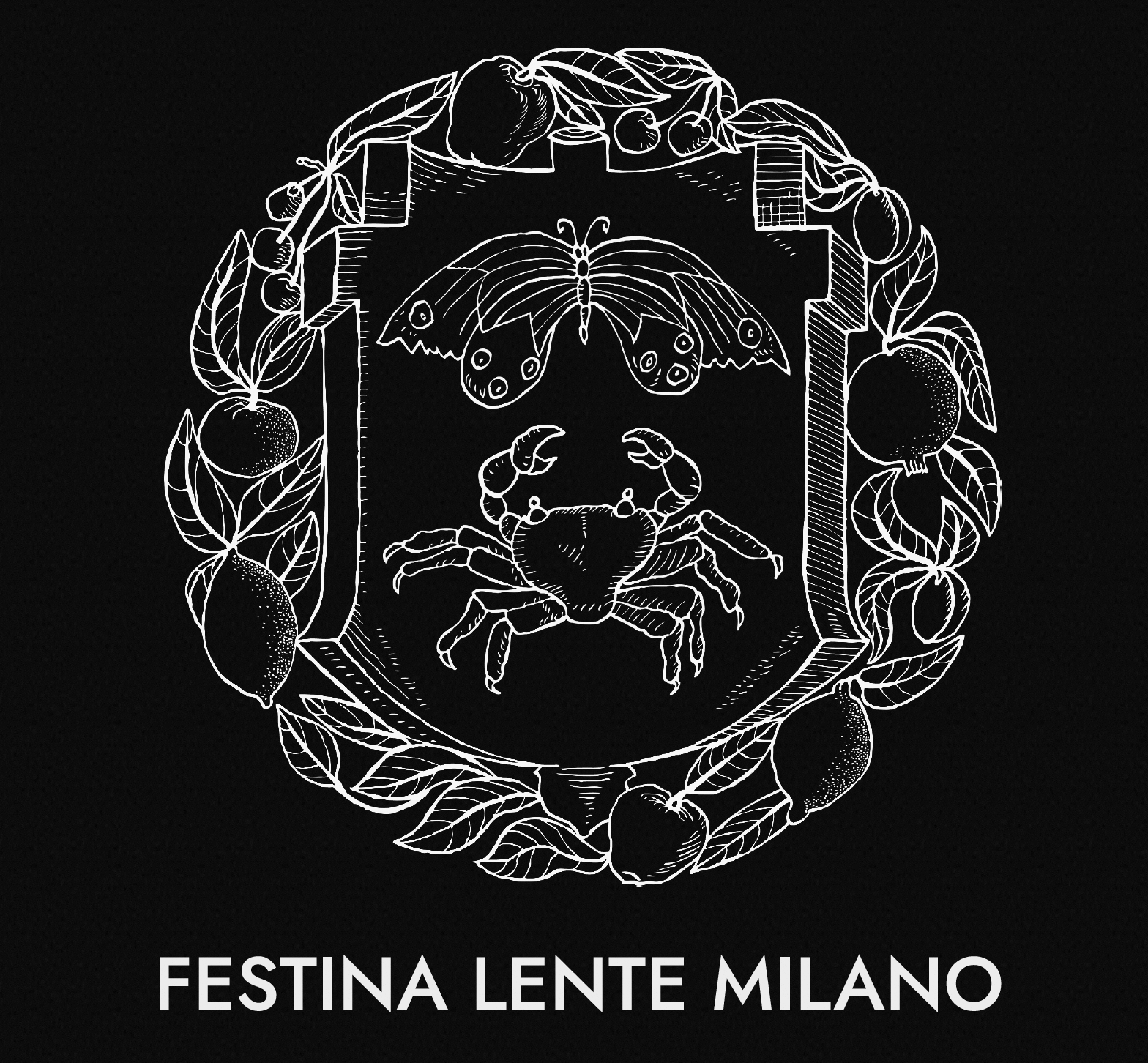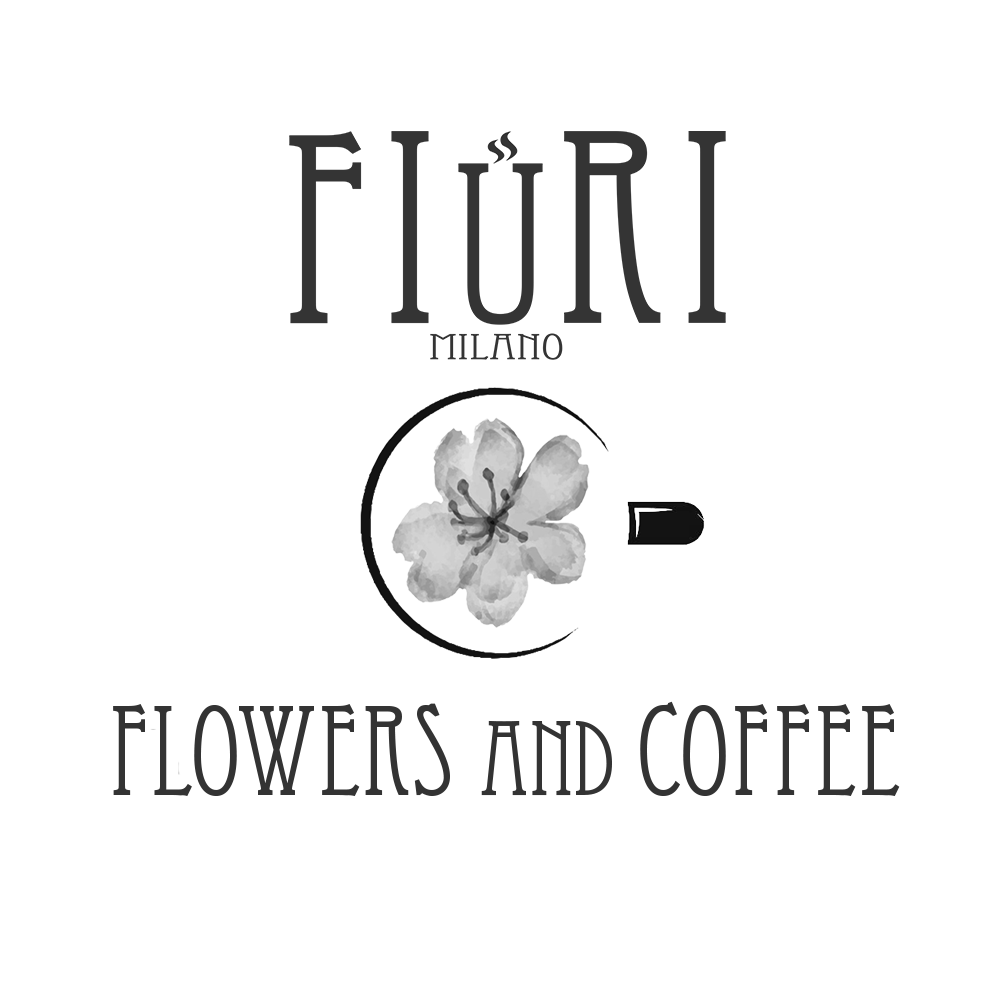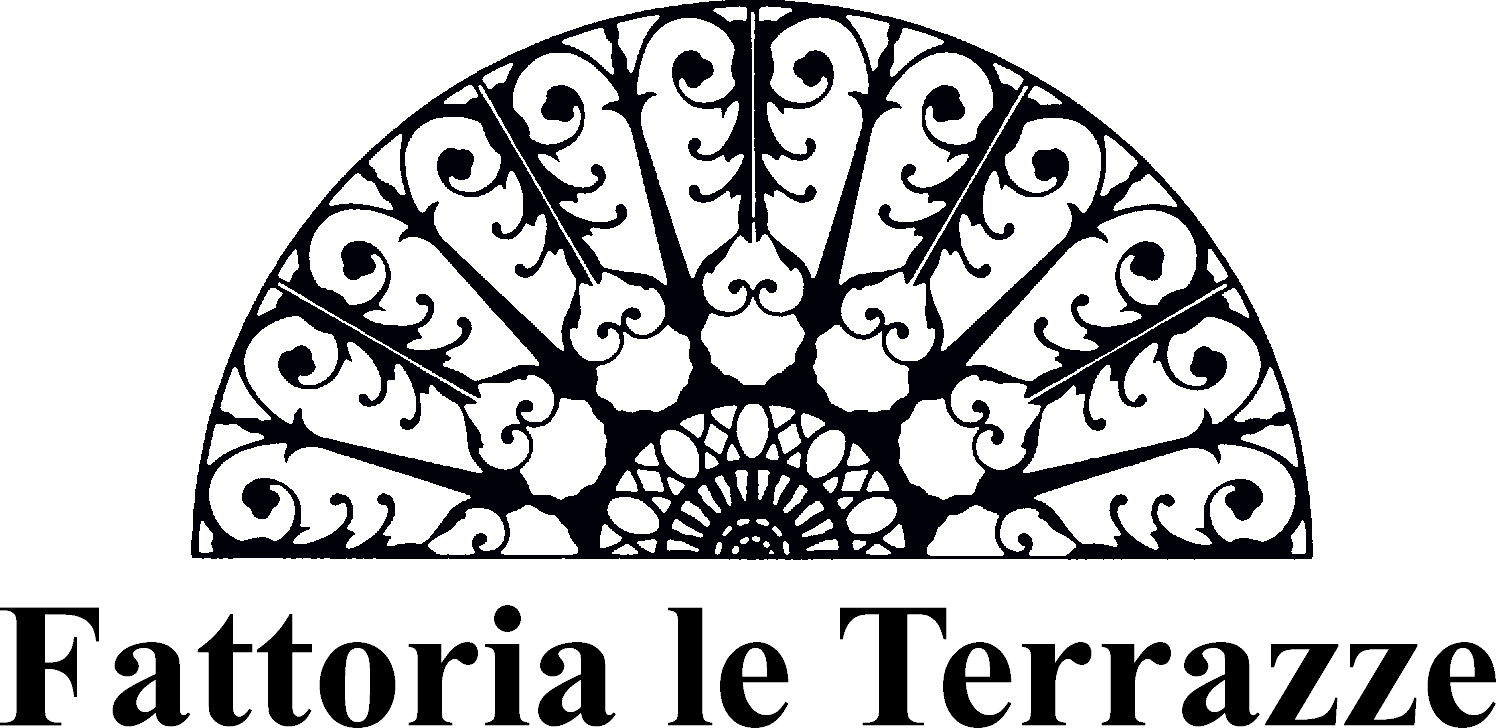Short Culture Cuts #5: The eXistenTial and summarized art of David Cronenberg

Italiano a seguire
The eXistenTial and summarized art of David Cronenberg
SHORT CULTURE CUTS - A series, in collaboration with Rolling Stone Italia, to reflect on what is short today. Spoiler: everything.
< Can art be summarized, rapid and immediate? Can it be “short”? Art not understood as a creative process which, beyond the gesture and talent, is obviously the result of tortuous, bumpy and long journeys: it does not take certain short cuts. But art as the act of looking and recognizing, as an end more than as a means.
Cere Anatomiche (Anatomical waxes) has just opened at the Fondazione Prada in Milan and in short (precisely): the wax models of bodies, therefore very delicate, made between the 18th and the 19th centuries at La Specola in Florence, probably the oldest museum of physics and natural history in the world, meet the world of David Cronenberg, the young eighty year-old who puts them inside a short film of 3 minutes and 54 seconds (a real short, not like the ones of today) to summarize and summarize himself – perhaps the message was not clear enough.
You only have to read it to realize that it is a match made in Heaven. Their stories (of the museum and of the director) are interwoven in this universe populated by creatures, beings, foetuses and women sliced open: as well as being the main characters of Cronenberg’s short, the human and almost divine creatures are also displayed inside cases which seem, depending on the eye of the observer, corpses, relics, idols, marionettes or monsters.
They are creatures that bring with them a discourse on the feminine and on the psychoanalytic which there – i.e. in the works of the 18th and 19th century craftsmen - was probably by chance or unconscious and here – i.e. in the free translation of the Canadian writer – is on the other hand fully conscious and surgical, also literal in this case, meaning.
The result is a summary (and then I’ll stop it, I swear) that starts from the monstrous to reach (and go back) to the human. An eXistenTial journey where the bodies of these women who have been sliced and studied to the point of sublimation are suspended there is an almost amniotic water answering the usual questions (where usually remain open): who are we? where do we come from) etc.
La Specola had already worked with Wes Anderson for The sarcophagus of Spitzmaus and other treasures, which also arrived at the Fondazione Prada. another summary (and this is the last time, I promise) of a poetic, of a creative process, of a way of understanding art. With Wes Anderson it was the Wunderkammer which is eternally his cinema; with David Cronenberg they are the bodies: naked, inseparable, violent, futuristic and crashed. To be dismounted and put together again, as in his last (and very under-estimated) film Crimes of the Future.
It was a very long job - of production, of reservation, of reinterpretation - to arrive at the (very) short film which, in three minutes, explains everything to us. >
by Mattia Carzaniga
- ARTICOLO IN ITALIANO SU ROLLING STONE ITALIA
L’arte eXistenZiale e sintetica di David Cronenberg
SHORT CULTURE CUTS - Una serie a puntate, in collaborazione con Rolling Stone Italia per riflettere su cosa è, oggi, corto. Spoiler: tutto.
< L’arte può essere sintetica, rapida, immediata? Può essere “corta”? L’arte non intesa come processo creativo, che, al di là del gesto e dell’estro, è ovviamente frutto di percorsi tortuosi, accidentati, lunghi; non prende certo scorciatoie. Ma l’arte come atto del guardare e recepire, come fine più che come mezzo.
Ha appena aperto alla Fondazione Prada di Milano Cere anatomiche, in sintesi (appunto): i modelli di corpi di cera, dunque delicatissimi, realizzati tra il XVIII e il XIX secolo alla Specola di Firenze, il museo di fisica e storia naturale probabilmente più antico del mondo, incontrano il mondo di David Cronenberg, fresco ottantenne che li mette dentro un corto di 3 minuti e 54 secondi (un corto vero, mica come quelli di oggi) per sintetizzare e sintetizzarsi – forse il messaggio non era sufficientemente chiaro.
Si capisce anche solo a leggerlo, che è un match made in Heaven. La storia dell’uno (il museo) e dell’altro (il regista) s’intrecciano in questo universo popolato di creature, esserini, feti, donne sventrate: oltre ad essere protagoniste del corto di Cronenberg, le creature umane e quasi divine sono pure esposte dentro a teche in cui sembrano, a seconda dell’occhio di chi le guarda, cadaveri, reliquie, idoli, marionette, mostri.
Sono creature che si portano dietro un discorso sul femminile e lo psicanalitico che là – cioè nell’opera degli artigiani sette-ottocenteschi – era probabilmente casuale o inconscio e qua – ovvero nella libera traduzione dell’autore canadese – è invece pienamente consapevole e chirurgico, nell’accezione, in questo caso, pure letterale.
Ne esce una sintesi (poi la smetto, giuro) che parte dal mostruoso per arrivare (e tornare) all’umano. Un percorso eXistenZiale dove i corpi di queste donne sezionate, studiate, fino ad essere sublimate stanno lì sospese in un’acqua quasi amniotica a rispondere alle solite domande (che restano al solito aperte): chi siamo?, da dove veniamo?, eccetera.
La Specola aveva già lavorato con Wes Anderson per Il sarcofago di Spitzmaus e altri tesori, arrivata anch’essa alla Fondazione Prada, altra sintesi (è l’ultima volta, promesso) di una poetica, di un processo creativo, di un modo di intendere l’arte. Con Wes Anderson era la Wunderkammer che è, eternamente, il suo cinema; con David Cronenberg sono i corpi: nudi, inseparabili, violenti, futuribili, crashati. Da smontare e rimontare, come nell’ultimo (sottovalutatissimo) film Crimes of the Future.
Ci voleva un lavoro lunghissimo – di realizzazione, di conservazione, di reinterpretazione – per arrivare a questo cort(issim)o che, in tre minuti, ci spiega tutto. >
di Mattia Carzaniga
A PROJECT BY

Patronage




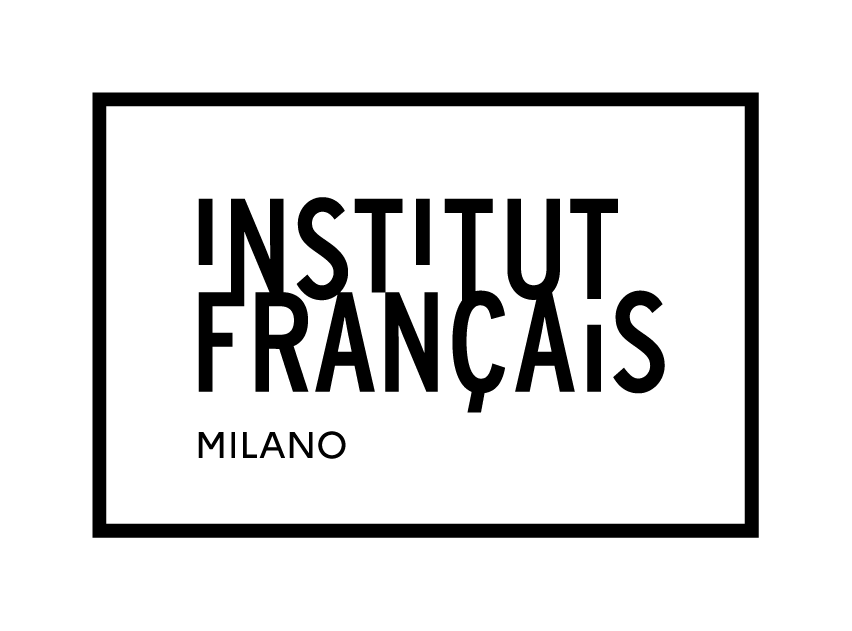
SPECIAL PARTNER

MEDIA PARTNER

location partner
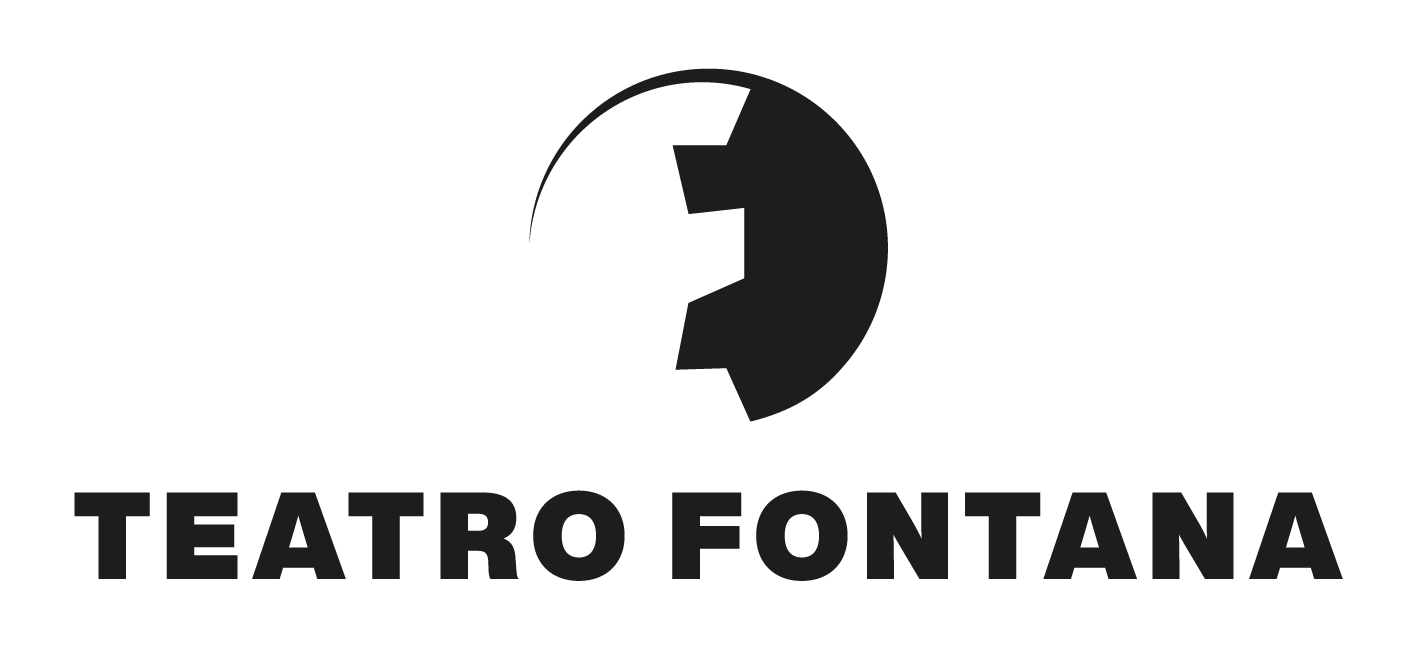

FRIENDS & SUPPORTERS



